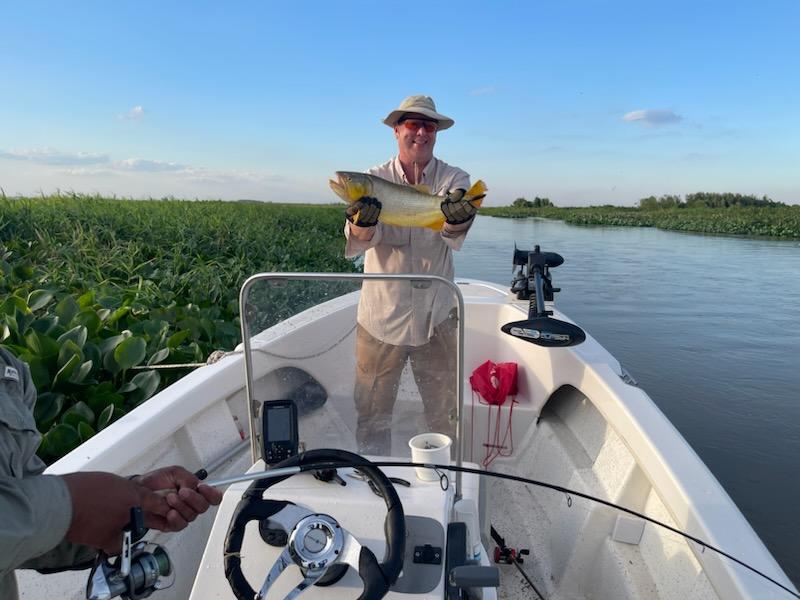by Bill Vobach
The recent appropriations Act makes provisions for a new satellite patent office in the Southeast Region of the United States. The new office will be located in one of these states within the next three years: Virginia, North Carolina, South Carolina, Georgia, Florida, Tennessee, Alabama, Mississippi, Louisiana, and Arkansas.
So, where will it end up? I suppose the most logical place for the satellite office is the Research Triangle area of North Carolina; but, that’s open to debate. Criteria for assessing where to locate the new office will include:
(A) The number of patent-intensive industries located near the site.
(B) How many research-intensive institutions, including institutions of higher education, are located near the site.
(C) The State and local government legal and business frameworks that support intellectual property-intensive industries located near the site.
At any rate, it will be interesting to see where the ultimate location will be. Personally, I’m pulling for Florida.
Here’s the pertinent text from the Act:
(b) Southeast Regional Office.–
(1) In general.–Not later than 3 years after the date of
enactment of this Act, the Director shall establish a satellite
office of the Office in the southeast region of the United States.
(2) Considerations.–When selecting a site for the office
required under paragraph (1), the Director shall consider the
following:
(A) The number of patent-intensive industries located near
the site.
(B) How many research-intensive institutions, including
institutions of higher education, are located near the site.
(C) The State and local government legal and business
frameworks that support intellectual property-intensive
industries located near the site.
